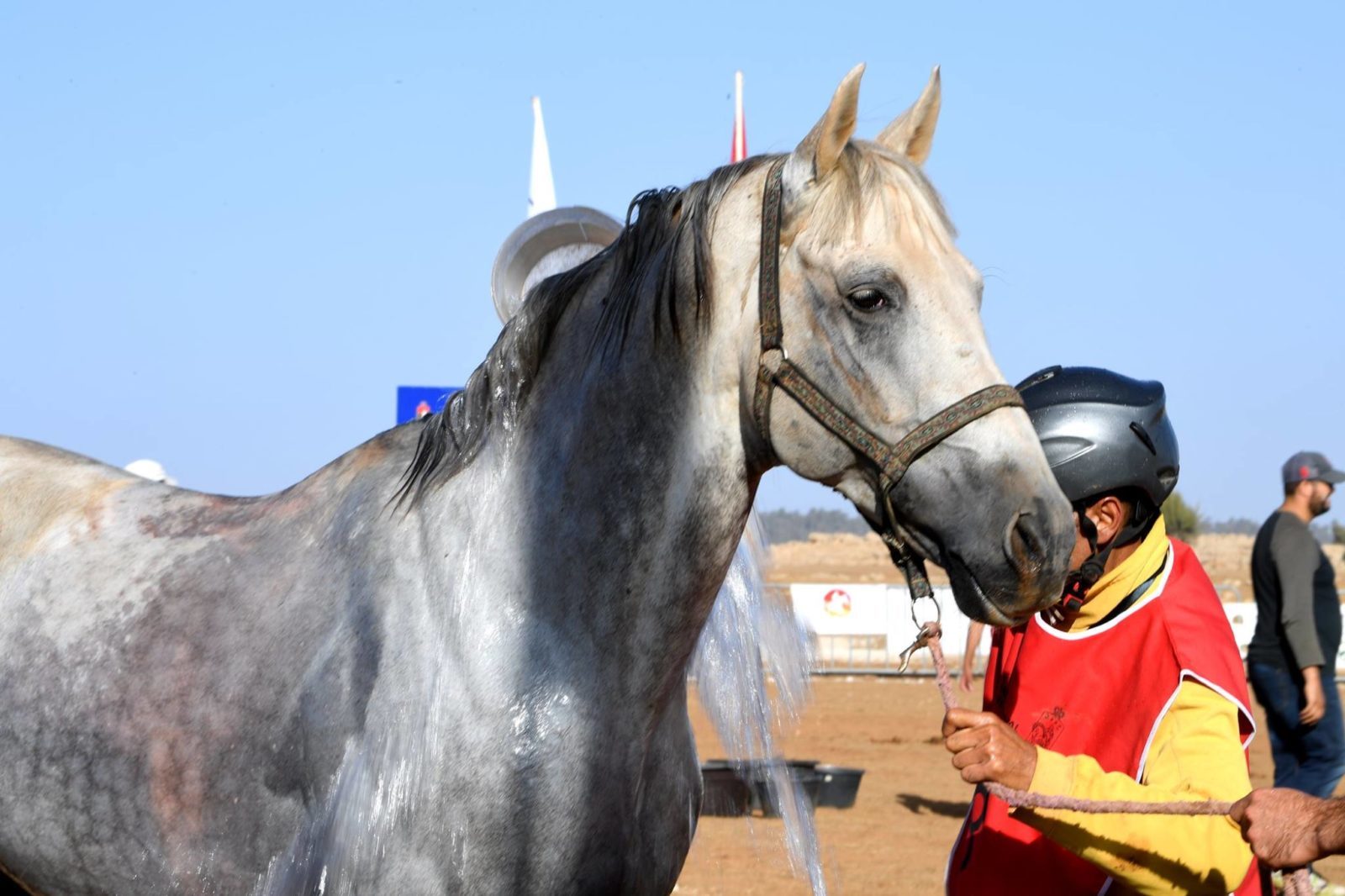
Clean Endurance, the group dedicated to improving the standards in international endurance racing, have taken the unique step of publishing a guide to help onlookers and other competitors spot cheating and fraud within the sport.
A guide to spotting rule breaches and cheating in equestrian endurance is published today (August 25, 2018) by Clean Endurance.
The informal “A to Z” format aims to make this very serious subject accessible. Clean Endurance has produced the A to Z in response to the
many enquiries it is now receiving from observers and volunteer helpers at endurance rides who think they saw a violation taking place, but were unsure how to respond or whom to alert.
In recent years the Federation Equestre Internationale (FEI) has acted to address welfare issues, doping and rule-breaking on the field of play. The FEI is constantly reviewing endurance rules to combat the types of foul play highlighted in the A to Z. Sadly, the accompanying picture collages as well as the press archives which can be found on our Facebook page show that many FEI rules are still being openly and routinely broken.
More Yellow Warning Cards are awarded for “not conforming to applicable sport rules” and horse abuse (in conjunction with disqualification) than for any other offence in endurance. Disrespect of officials has increased, causing the FEI Endurance Department to introduce special measures to deal with this. Receipt of an Endurance Incorrect Behaviour Yellow Warning Card triggers an automatic two-month suspension. This topic appears in the A to Z under U for Unsportsmanlike behaviour.
Another major issue is dealt with under K for Knowing the 30-minute rule and Keeping proof. A particular barrier to fair play is that endurance is subject to the same 30-minute rule for lodging protests as the arena-based sports. But because endurance can span 160km (100 miles) of unsupervised open country, photographic or video evidence often only emerges hours or days later – too late for the Ground Jury to act upon. Only the reporting of alleged horse abuse is not time-limited (see A for Abuse).
O is for Obstructing the horse from view in grooming areas and vet-gates – against FEI rules. Why a horse might be concealed is explained in C for Crew, I for Invasive treatment and N for Nerve-blocking.
For those not involved in endurance, training for heart rate recovery is fundamental to the sport since the clock only stops once the horse drops below a maximum heart rate. While the naked eye cannot spot a horse that has been medicated to reduce its heart-rate (D for Doping), there are plenty of other visible tricks to gain an unfair advantage before or after entering the vet-gate: see E for Ear-twitching, G for Gaining time, J for Jammed heart-rate monitors and Q for Queuing for a favourite veterinarian.
Clean Endurance is a global collective of volunteers who are pledged to restoring the traditional values of their sport. We have an informal working relationship with the FEI; several recent FEI rule changes, procedures as well as sanctions have been developed from matters we have raised.
We are happy to supply a PDF version of the A to Z Cheat Sheet, as well as links for further reading, including coverage in bona fide news media about many of the field-of-play incidents highlighted in our A to Z. The A to Z is by no means exhaustive and will be revised and updated from time to time.
We welcome comments and suggestions – please get in touch through Facebook Messenger or email us at contact.cleanendurance@gmail.com
